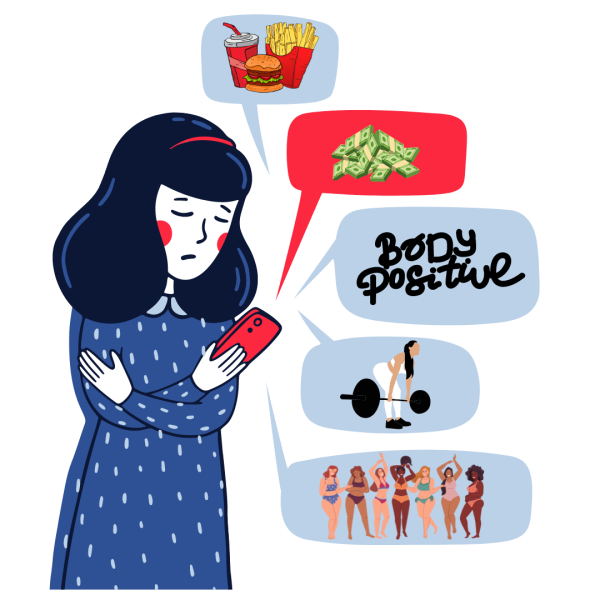What The Western World Gets Wrong About Feminism
Feminism has a lengthy and complicated history in the United States, beginning in 1848 with the Seneca Falls Convention in New York. It has come a long way since the 1800s: women have achieved the right to vote, run for public office and it is now common for women to go to college and higher education.
But feminism has experienced a backlash in the past few decades. It’s sometimes misinterpreted as female domination when the original goal of the movement was equality, and it is criticized for stereotyping all men as dangerous predators.
With the introduction of a new movement called “anti-feminism” and “Women Against Feminism,” many women claim that they don’t need feminism. According to Cathy Young from Time Magazine, they believe “in equality, not entitlements and supremacy.” This stems from a bigger problem. Western feminism has long been a champion of the white woman, often excluding women of color or different religions. And this goes against the fundamental beliefs of feminism.
A more recent case of this exclusion comes with the controversy of J.K. Rowling, the author of the best-selling “Harry Potter” series.
In June of 2020, she posted a tweet that read “ ‘People who menstruate.’ I’m sure there used to be a word for those people. Someone help me out. Wumben? Wimpund? Woomud?”
A later tweet of Rowling’s read, “I know and love trans people, but erasing the concept of sex removes the ability of many to meaningfully discuss their lives.”
This obvious display of transphobia and the denial of trans women as “real women” is detrimental to the feminist movement and further shows that it is deeply flawed.
The basis of feminism is to achieve equality for all women—meaning trans women, Christian women, Muslim women, Jewish women, Buddhist women, Catholic women, Asian women, African American women, Native American women, European women, American women, Latin American women, African women, homosexual women, bisexual women, heterosexual women, asexual women and everyone in between.
Western feminism is not going to work for all women.
Many feminists in the United States outwardly express their disdain for mandatory hijabs or other coverings in countries in the Middle East, but what goes unnoticed is that some women want to wear coverings.
In the Western world it might be seen as a form of oppression, but in the Middle East it can be a part of culture and religion.
So how can we fix this flawed movement?
The most obvious answer is intersectional feminism, an idea that “takes into account the many different ways each woman experiences discrimination” (Ginny Sharkey and Taylor Hawk, Denison.edu).
It’s a way to explain how feminism can evolve to be more diverse. Shifting the movement to be more inclusive will not be easy, but it is vital for the future of feminism and the future of women in the world.
Feminism is an equality movement, not a supremacy movement, and in order for it to be equal for all women we need to learn about the disadvantages aside from gender, because there are very real disadvantages that affect women all over the world.
Western feminism has reached a point where it needs to reevaluate its beliefs.
Although it has done a lot of good, it’s well beyond the time to aim for a future that will strive for equality for all women regardless of their race, culture, religion, sexual orientation and class.







